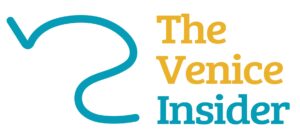Even though I often travel to Venice, preparing a trip still takes time. I do the practical things, such as booking a flight and a hotel and checking the weather forecast, on automatic pilot. However, I spend most of my time on deciding what I will do during my visit. I have to admit though that I travelled less prepared before I started my blog.
In this post, I will share with you my entire preparation process, from setting the date over deciding what to do, to packing for my trip to Venice.
Setting the date
The first step is defining when to visit Venice and how long I will stay. I like to attend the traditional events, but I also check the exhibitions planned by the different museums and other events in the city such as the Biennale. I always try to combine several reasons in one visit. At this stage, I just look at the big picture and don’t plan anything in detail yet.
I also take the planning and inspiration for my blog posts into account. If there’s an event which I would like to write about, I will try to fit it into my travel schedule. If this is not possible, I seek to integrate the topic in an earlier or later trip.
Choosing a good date defines whether or not it will be (too) crowded in Venice and whether there are interesting events ongoing. However, I realize that you might not have all the flexibility you would like to and that you also depend on your job or on school holidays. If possible, try to avoid long holiday weekends as many Italians are then traveling within the country.
As of April 2024, the city launched the ‘access fee’, a new initiative whereby people who only stay one day in Venice have to pay 5 euros. The fee will apply on 29 days starting from April 25 to May 5 and also during weekends in May and June – excluding the Festa della Repubblica weekend (June 1-2) – as well as the first two weekends of July. If you are staying in Venice for at least 2 days, you should register on the site and ask for an exemption. After filling in the form (which was quite straightforward) and making a call to an Italian number, I received my QR code as proof so I don’t get a fine. So, if you are planning a trip, don’t forget to check if your dates are part of this new initiative and if so, register on the page of Venezia Unica.
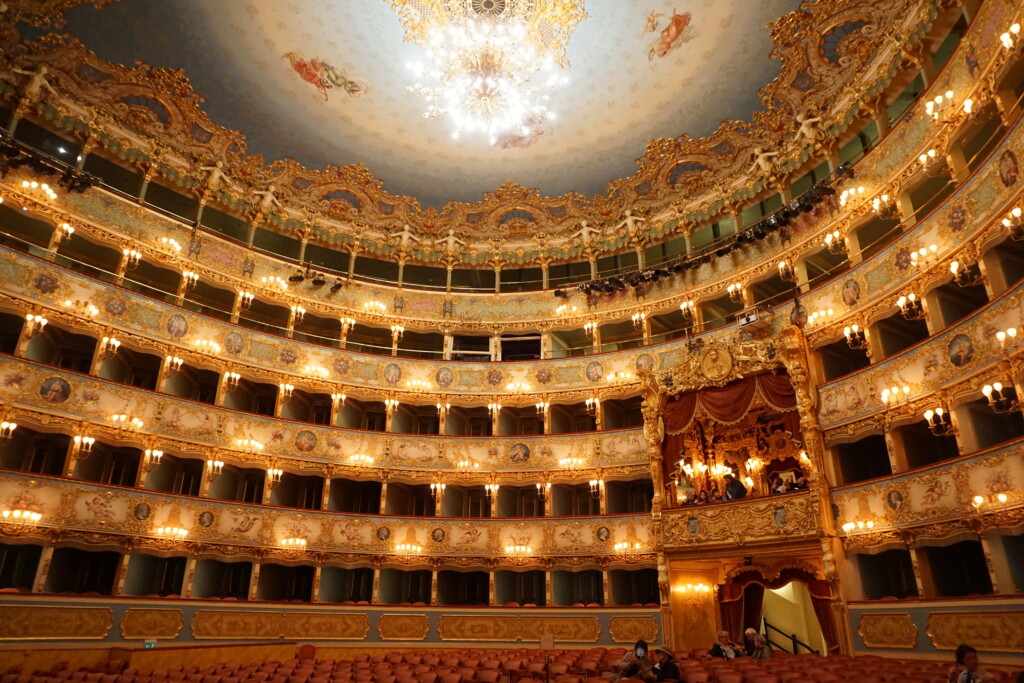
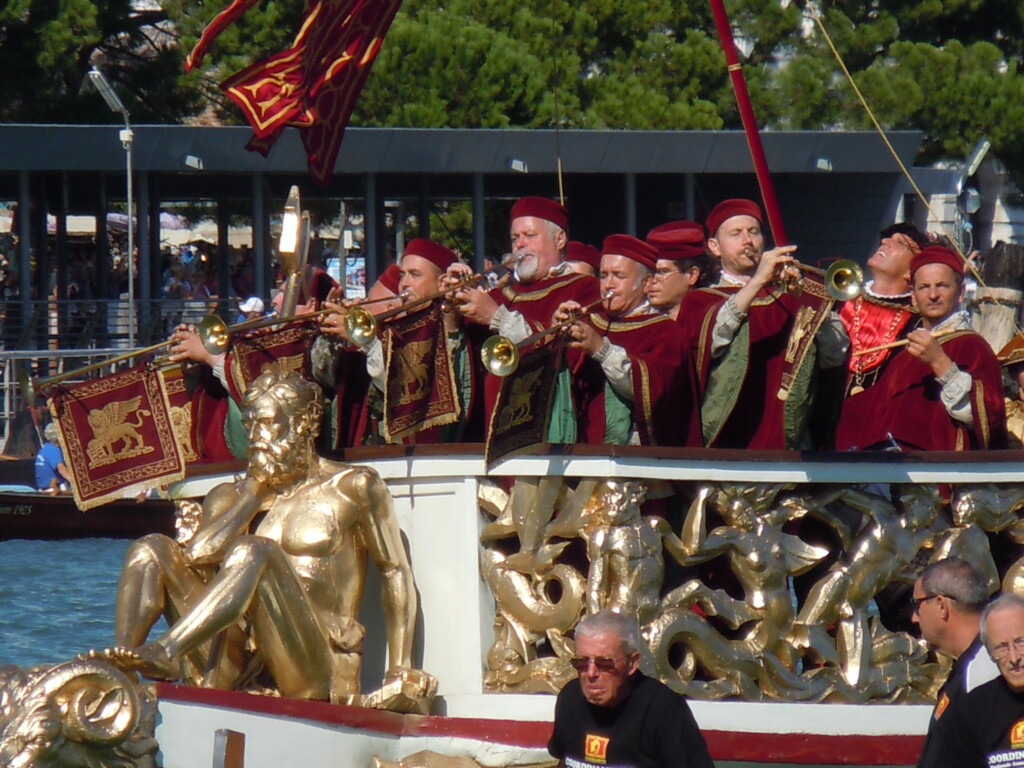
Choosing where to stay
Venice is not very large, so if you love to walk, it doesn’t really matter where you stay. The only area which is tend to avoid is the San Marco area as it is very crowded and I prefer not to be bumped into as soon as I exit my hotel. As a loyal guest, I often return to a hotel where I feel at home. I don’t feel the need to change to a different hotel every time I visit, albeit other frequent visitors might prefer to constantly try something new.
If you have no clue which accommodation to select, a good start is a quick search on booking.com. This will give you an overview of the options within your price range, as well as an indication of how busy it will be. What I then usually do (for trips outside Venice) is read the recommendations on Tripadvisor as well. I always pick one which scores at least 4, to avoid disappointments.
Deciding what to do
Now even more than before my blog, I make a list of things which I would like to visit or to attend. I always start with the main reason for my visit (as defined in the first step ‘setting the date’) and define how much time I will need for this.
Afterwards, I look at my inspiration list, which I note in an old fashion way in a paper notebook. I write down every interesting thing which I read or hear about, so this is an ongoing process during the year. These can be exhibitions, traditional events but also shops or artisans. This is my starting point to make a selection for the remaining time of my visit.
My online sources are first of all the website and the app of Venezia Unica (the tourism office of Venice) and the newsletter of Detourism Venezia. I am also subscribed to many newsletters (such as La Biennale di Venezia, Fondazione Musei Civici di Venezia, Fondazione Giorgio Cini, Peggy Guggenheim Collection). I follow several other bloggers (such as Luisella Romeo, Monica Cesarato, Ciao Tutti) as well as local organizations (such as Iveser, Venezia Autentica, Unesco Venice Office), local newspapers (such as Corriere del Veneto, La Nuova di Venezia e Mestre, Venezia Today, Venezia Radio TV) and many art and architecture magazines on social media. If you are looking for inspiration, you can of course also browse my posts here on The Venice Insider.
All year long, I read the discussions on the Venice forum of Tripadvisor. People often raise questions about events or strikes which I wasn’t aware of, so it’s a good source for ad hoc information. I also find inspiration there in the tips of experts and other travelers, whether it’s about less-known palazzos or new restaurants.
I have a wide collection of books about Venice. Before a trip, I usually browse my recent additions to find new ideas. These are not always traditional guide books, but they look at Venice from an unusual angle. Hence, these are great if you know the city already quite well.
Finally, I check my list of pictures which I need for my blog. I add these to the planning of my trip, so I can take them while I’m in the area.
Of course, I also find the time to meet with some friends while I’m in Venice.
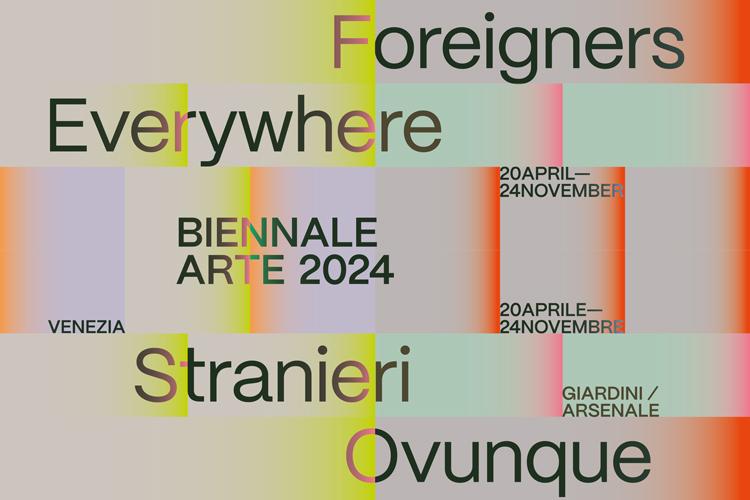

Reserving places to eat
Let me start by saying that I am not so much a foodie person, so this is a topic where I look for advice either from friends in Venice, or from food blogs such as Veneto Secrets and Naturally Epicurean. The only times I make reservations before setting foot in Venice is when I can find an excuse to celebrate or I want to have a special dinner. In these cases, I want to be sure I can get a table in the fancy restaurant which I have in mind. For the other evenings, I usually make reservations while I’m in Venice or I try my luck to find a free table on the spot.
I do however never book a table for lunch as it really depends on where I will end up when I get hungry. I have a list of places in my notebook which I can easily consult to decide where to go. Alternatively, I quickly open the website of Naturally Epicurean on my phone and look at Nicoletta’s list by sestieri to find something nearby.
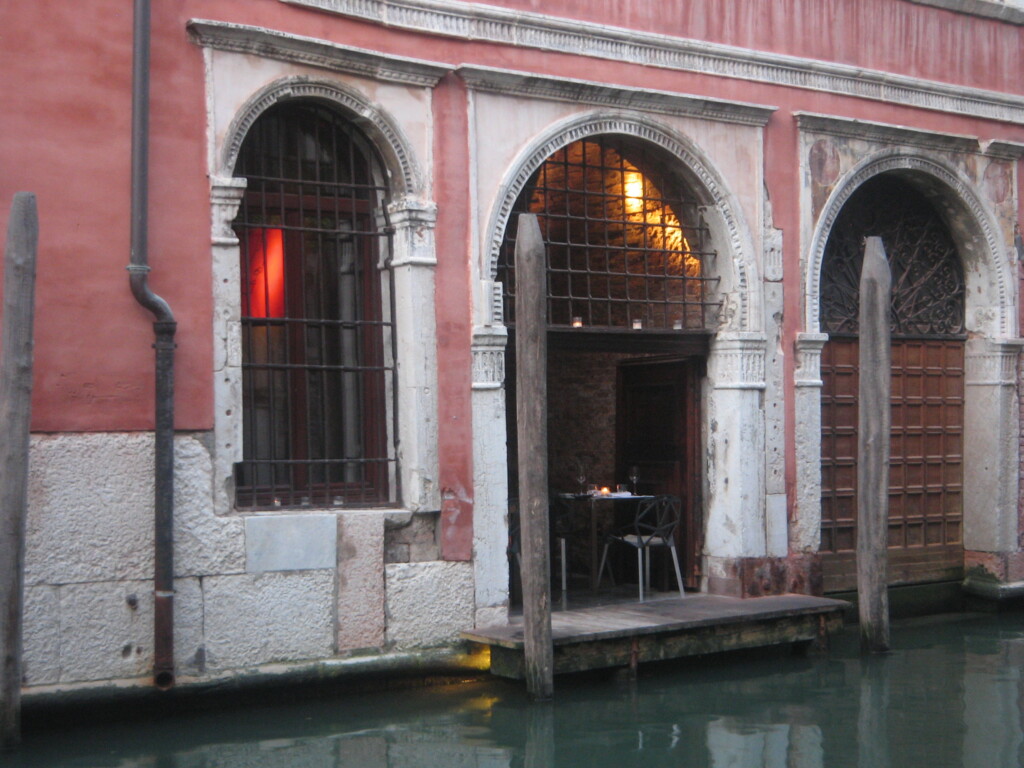
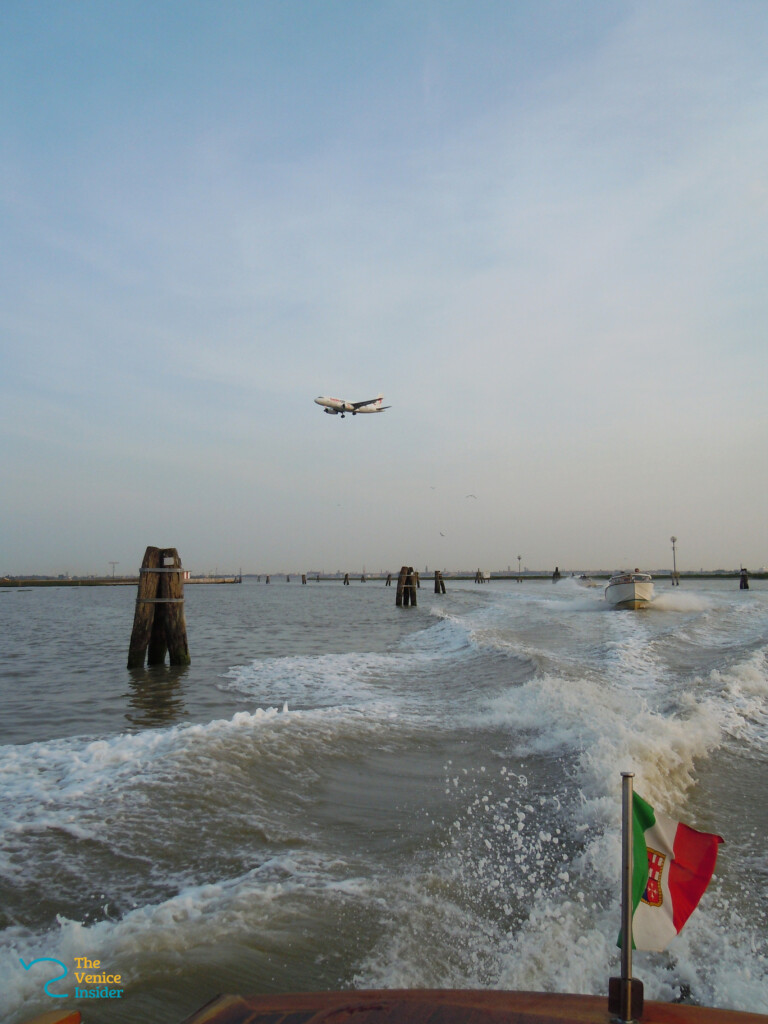
Arranging transportation
Once the entire picture is clear, the only preparation which is left is a series of practical elements.
I usually book a flight with Brussels Airlines and arrive at the Marco Polo airport. I have taken the Alilaguna in the past, but I now prefer to take a water taxi as I tend to arrive very late (after 10 PM). I book in advance via Venicelink, so I’m sure there will be someone waiting even if my flight is delayed. A water taxi is rather expensive but I personally think it’s worth it. It’s however a personal call and the Alilaguna or the land bus will also get you to Venice. You can find more information about all the options in my post ‘A practical how-to guide on transportation in Venice’.
To take the vaporetto in Venice, I have to make sure I don’t forget my Venezia Unica card. This 5 year pass allows me to travel for only 1.5 euros per vaporetto ride which makes it very convenient. If you don’t travel very often to Venice (or you don’t want to bother with the paperwork or pay the 100 euros), you can buy your vaporetto passes (for one or more days) online before your trip. This avoids that you have to study the different options while other people are queuing behind you. You can then print your tickets at the vending machine while waiting for your luggage at the airport, at the train station or at Piazzale Roma.
Packing the essentials
The thing I dread most about traveling is packing my luggage. I always postpone it until the evening before my departure. To know what I should pack, I check the weather forecast via Il Meteo and the acqua alta forecast via the Centro Previsioni e Segnalazioni Maree. During acqua alta, I adapt my itinerary to avoid the flooded area so I don’t need to carry heavy rubber boots in my luggage.
Comfortable shoes to run around Venice are clearly a necessity. Even though I have a Venezia Unica card, I walk most of the time.
I also carry my water bottle with me, which I can fill at the many drinking fountains in Venice. I choose a Dopper in the same colour as my logo, as I like the design and the company gives part of the proceeds to safe drinking water projects worldwide. If you want to be well-prepared, you can download the map which indicate the location of these fountains across the city.
Another indispensable element is a map of Venice, although I’m slowly moving towards using Google Maps on my mobile. I usually look at the map in the morning to get a general sense of where I’m heading that day, or when I’m really lost during the day (yes, that still happens 🙂
Pictures and notes are of course very important, both for my own memories as for my blog so my iPhone and a set of notebooks are an essential part of my hand luggage. I also check if all my apps for Venice are up to date.
As I have to carry lots of stuff around Venice during the day (such as notebooks, documentation, camera equipment, sun glasses, sun cream, water), I usually carry a light backpack to walk around the city.
Now that I’m packed, I’m ready for take-off.
